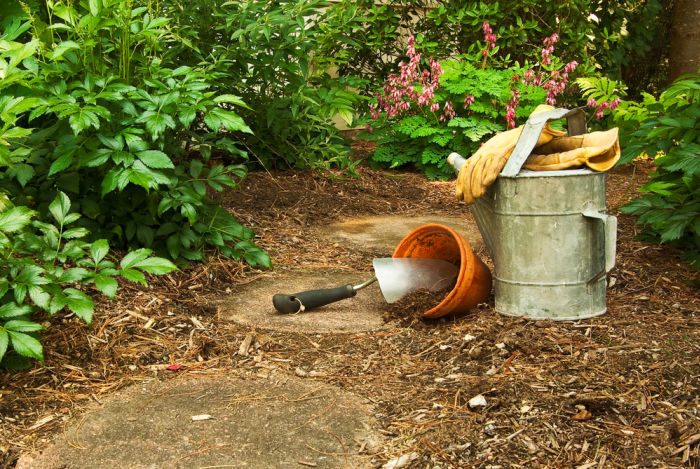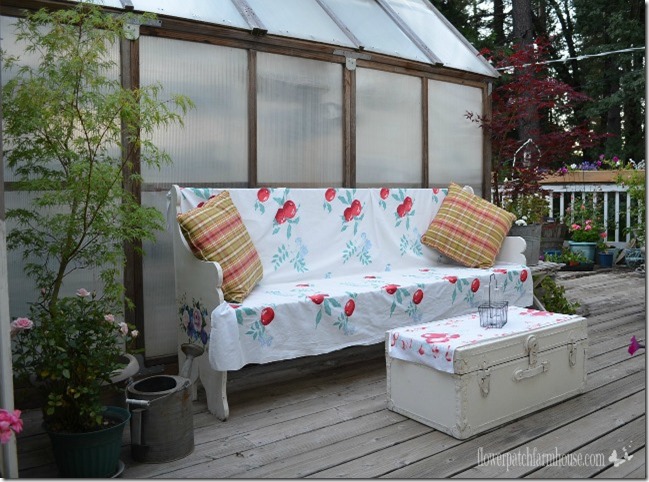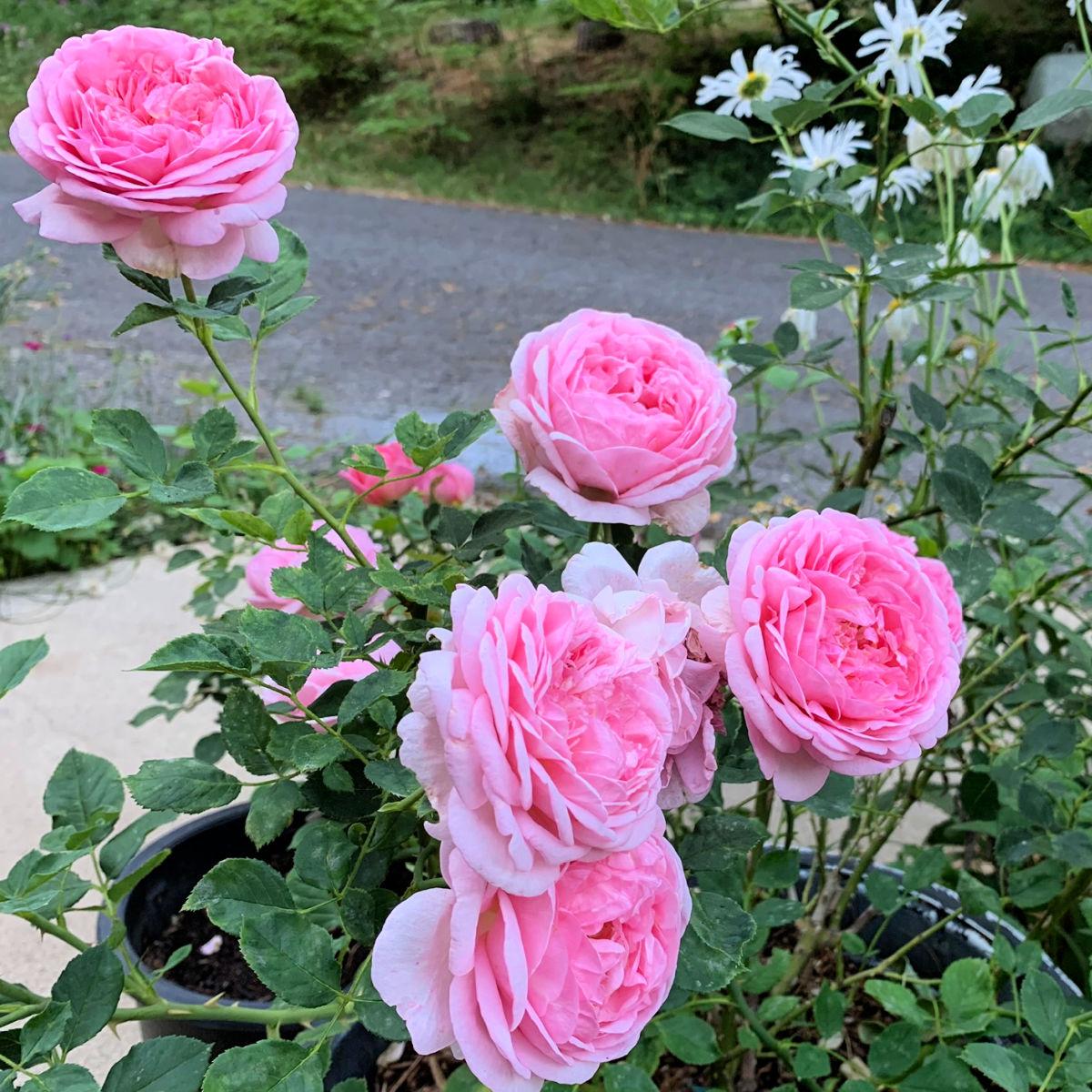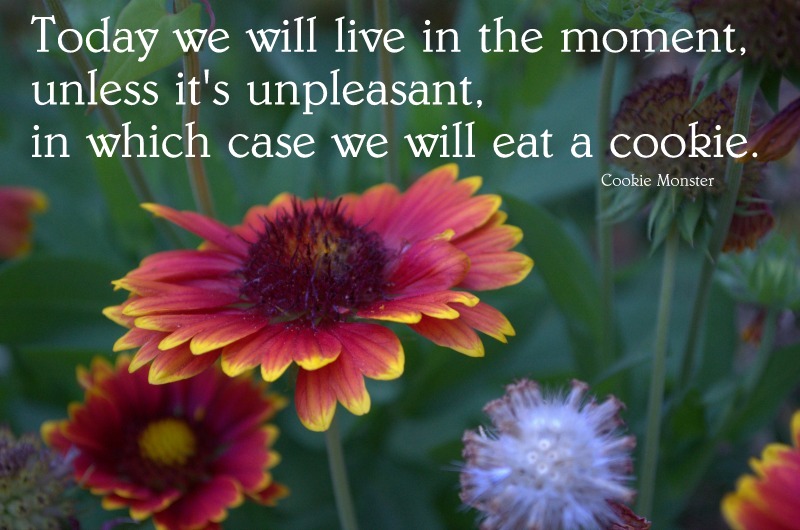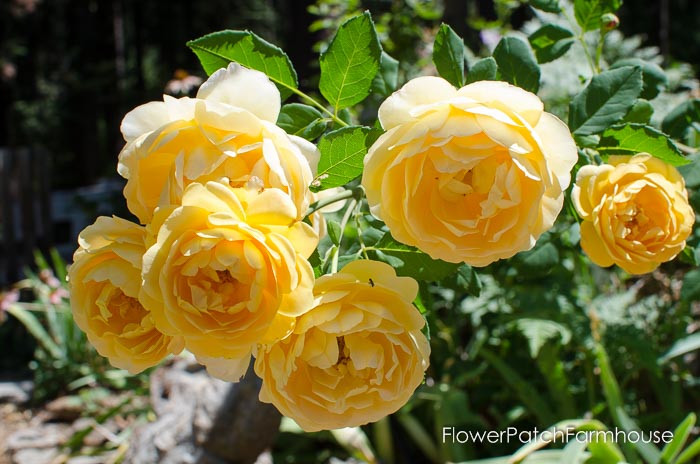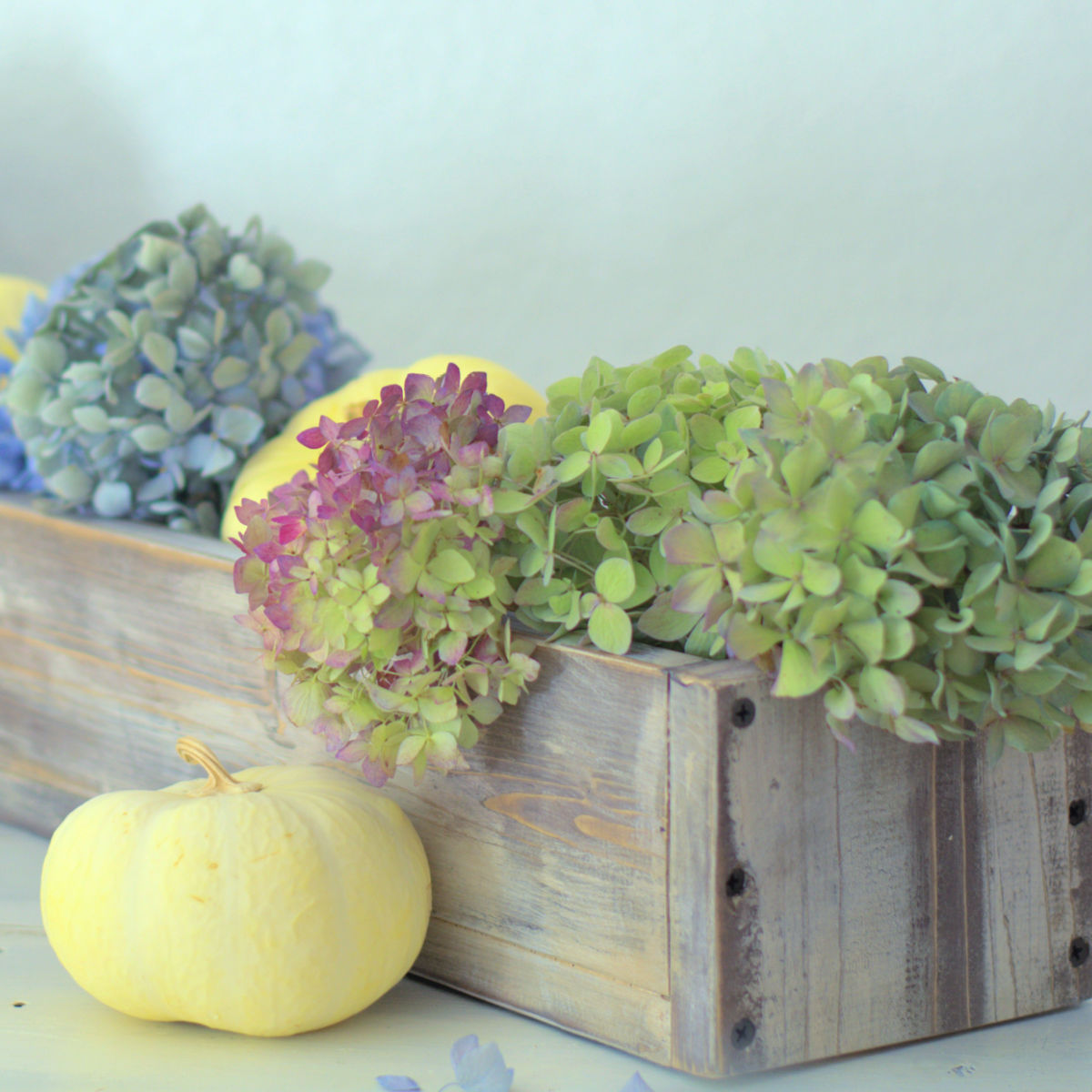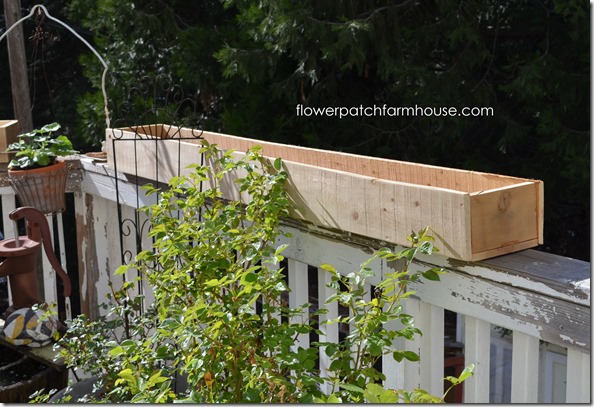Stop Fertilizing, Feed the Soil Instead!
If you’re new to gardening, you might think that the key to a thriving garden is to fertilize, fertilize, fertilize. Just stop, Regenerate the Soil instead!
Why do we need to learn how to regenerate soil instead of fertilizing it? Today we will touch on a few things about a better way to garden for the environment and our budget!
So many new gardeners or even veterans may think that adding fertilizer is best the way to get a gorgeous, healthy garden.
From starter fertilizer to bloom boosters…
Is all the fertilizing really necessary? A better question is, Is this the healthiest way to garden, especially for the earth?
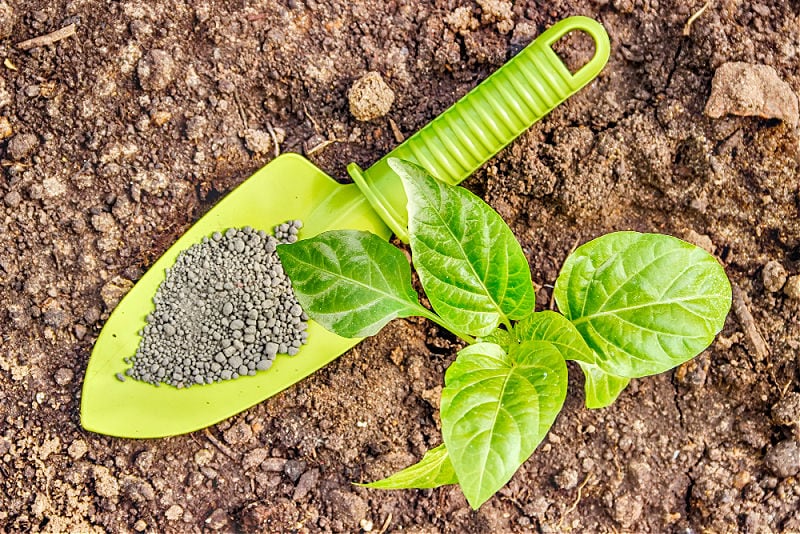
Did you know that over-fertilizing is actually one of the biggest mistakes gardeners make? Also, did you know you are doing damage to the structure and health of the soil?
So, what should you do instead? The answer is simple: feed the soil.
Feeding the soil is just a start in regenerative gardening, where we let nature do its thing and we stop interfering with how it works.
To be clear, this is just a quick overview of the subject but it will open your mind to a way of gardening that is not often spoken about on popular garden websites and video channels.
Why Fertilizing is Bad for Your Plants
Fertilizers are typically made from synthetic chemicals or materials that are designed to mimic the nutrients found in healthy soil.
While this might sound like a good thing, it’s actually really bad for your plants.
Why? Because plants need more than just nutrients to survive—they also need beneficial bacteria and fungi.
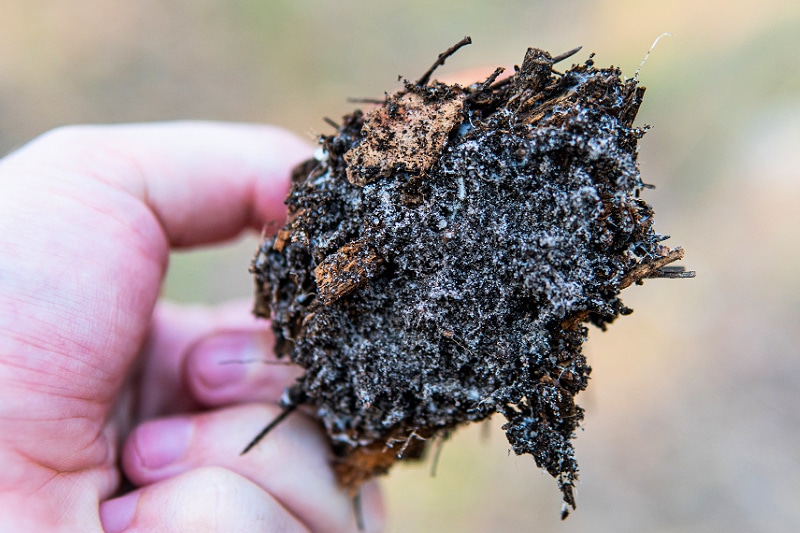
These microorganisms help your plants absorb nutrients, protect them from pests, and disease, and build strong roots.
When you use fertilizers, you interfere with the plant and beneficial microorganisms’ relationship, which can ultimately lead to the death of your plants.
You see, the microorganisms in the soil feed the plant when the plant sends out a message that it is lacking something. And funny enough they know exactly how much of that nutrient to give the plant.
We do not have the ability to know what exactly the plant is needing and just adding fertilizer is like stuffing a child with excess food when they only need maybe a bit more calcium in their diet.
In turn, the plant feeds the microorganisms by releasing carbohydrates it creates via photosynthesis.
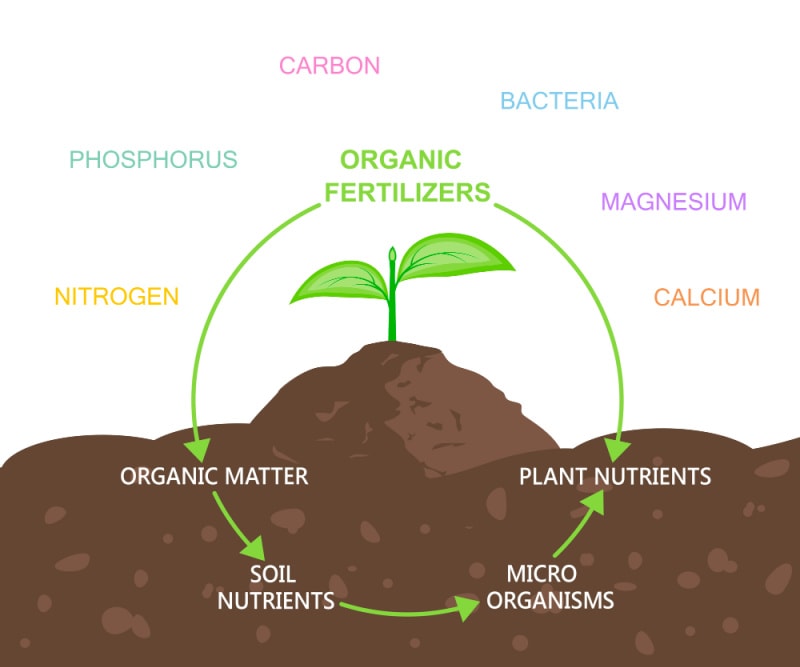
When you add fertilizer to the soil the plant takes it up and then it fails to communicate with or send the microorganisms the message of what they actually need and then they can struggle and die.
This will leave you with dead soil. Dead soil means you will have to keep buying and adding more fertilizers.
(even prepackaged fertilizers listed as organic can cause a problem)
How to Feed the Soil Instead of Fertilizing
The best way to feed your plants is to feed the soil that they’re growing in. This can be done by adding organic matter such as compost or manure.
You can also try using cover crops such as clover, buckwheat, peas, or alfalfa, which help add nitrogen and other nutrients back into the soil. These are also called ‘Green Manure’.
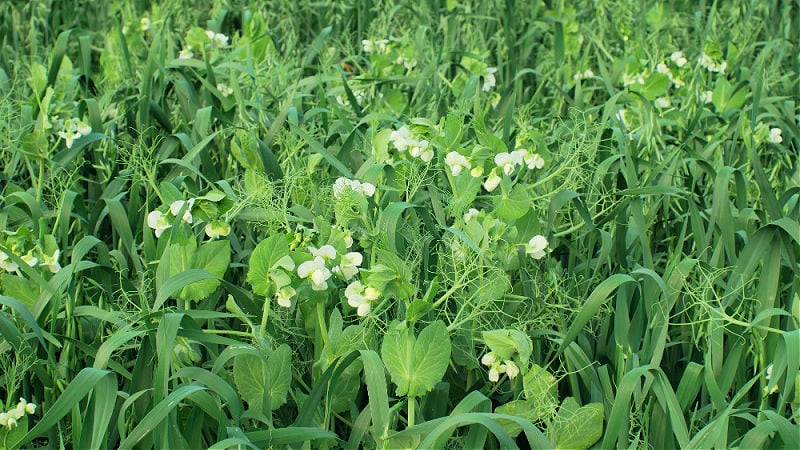
Mulching with leaves or straw is another great way to encourage healthy microbial activity in the soil while suppressing weeds and conserving moisture.
Use wood chips in the paths and walkways, it will break down and feed the soil as well.
15+ Garden Mulches
Boost Your Plant Growth and Beautify Your Garden
I find that adding a couple of inches of compost to the garden beds every year is plenty.
If you want a healthy garden, stop fertilizing and start feeding the soil instead! This may seem counterintuitive at first, but it’s actually the best way to ensure that your plants get all the nutrients they need to thrive.
Soil testing can be a great way also to know what else your garden may need but soil needs can change in a few feet of area.
So to get a good measure I like to have tested an area that seems to be having an issue and not gather soil from all around my gardens.
By adding organic matter and using cover crops, you can encourage healthy microbial activity while suppressing weeds and conserving moisture. Your plants will thank you for it!
But here is the caveat, it will take a good year of not adding fertilizers and only adding compost, good mulches, and/or green manures to bring up the health of your soil.
Even organic fertilizers can be an issue. Traditional organic fertilizers are simply blends of organic nutrients.
When applied to soil, the plants rely on the soil microbes to break down those nutrients to a simple form that the plants can eventually absorb.
This digestion process usually takes anywhere from 2-6 weeks in soil, which can make growing organically quite a challenge.
AgroThrive is the only organic fertilizer that has already gone through this digestion process before going into the soil, which is why users can see results in less than a week!
So if you are just starting out I can recommend Agrothrive, it not only feeds the plants but also feeds and enhances the microbial life in the soil. A win-win!
This is what I use
This works Great for Containers too!
Rather than simply blending ingredients together, we put them through our proprietary Progressive Digestion Process (PDP) to break down the nutrients into a simple form that plants can absorb rapidly. This process is the reason why users can see results in less than a week after applying!
I was so impressed with these products that I asked to be an affiliate.
In the long run, by feeding your soil you will save tons of money and get the best crops and flowers in your gardens!
